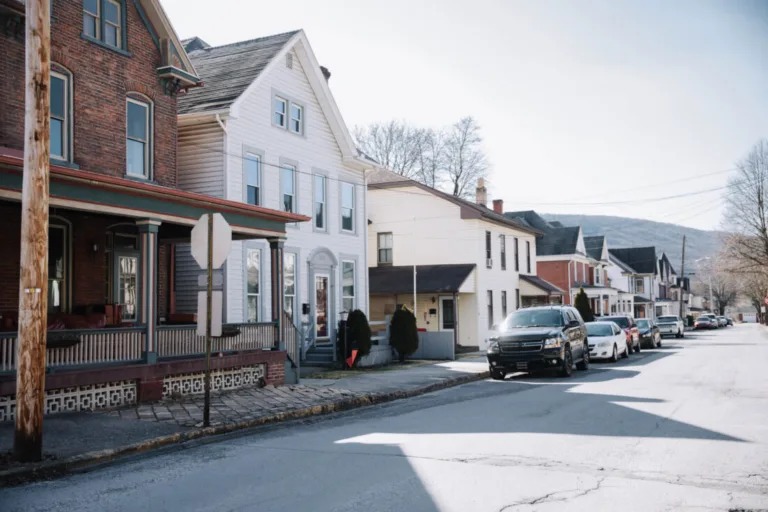

Rural Communities in Pennsylvania Benefit from State Budget
(Editor’s note: Spotlight PA is an independent, non-partisan newsroom powered by The Philadelphia Inquirer in partnership with PennLive/The Patriot-News, TribLIVE/Pittsburgh Tribune-Review, and WITF Public Media.)
Rural areas in Pennsylvania have much to gain from the state budget, which allocates funds for outdoor recreation, housing programs, and other important efforts. These communities, often characterized by a higher number of older residents and reliance on the outdoors for commerce, greatly benefit from state spending on the environment, agriculture, and housing.
The current state budget, although still being finalized, includes financial relief for homeowners, support for farmers who may face losses, and the establishment of a new office for outdoor recreation investments. Additionally, it may provide funding for home repairs and aid poorer school districts, depending on the resolution of pending code bill language that is currently delaying approximately $1.1 billion for certain state programs.
Importance of Spending on Housing, Healthcare, and Workforce Development
According to the Center for Rural Pennsylvania, a bipartisan legislative agency, spending on housing, healthcare, and workforce development plays a crucial role in future planning. The center recently announced that the population of rural counties is expected to decline by 5.8% over the next 30 years, with the Baby Boomer generation approaching retirement.
48 out of the state’s 67 counties are considered rural, with approximately 3.4 million residents and 238 out of 500 school districts residing in rural areas in 2020. This number is expected to grow in the coming decades. For example, Westmoreland County is projected to transition into a rural county by 2050.
“Now is an opportune time for planners and policymakers to consider these projections and adapt to the changes that are likely to develop across the Commonwealth,” said Kyle Kopko, Executive Director of the Center for Rural Pennsylvania. “Communities should carefully consider the implications of these projections.”
The Center for Rural Pennsylvania does not make direct policy recommendations, but lawmakers serving on its board emphasize the importance of incentivizing business development and expanding access to healthcare and caregiving services as the rural population ages.
Key Implications for Rural Communities
Property Tax and Rent Rebate Program
Lawmakers have agreed to expand the state’s property tax rebate program for older and disabled residents, many of whom live in rural areas. This expansion, signed by Governor Josh Shapiro, provides support for an estimated 173,000 households, offering increased financial flexibility for residents in rural areas who often have fixed incomes.
Agriculture
The state budget includes over $76 million for agriculture, which contributes an estimated $132 billion to Pennsylvania’s economy and employs hundreds of thousands of people. Notably, $31 million is allocated to help poultry farmers recover from income losses caused by bird flu outbreaks, which can have devastating effects on farmers and national egg prices.
Outdoor Recreation
The spending plan dedicates $112 million to maintain and improve state parks and forests, while establishing the Office of Outdoor Recreation to support the expansion of Pennsylvania’s $14 billion outdoor industry. Rural areas, such as the Pennsylvania Wilds, offer abundant outdoor recreation opportunities, making these investments crucial for the economic benefits they bring to rural communities.
Home Repairs
The Whole-Home Repairs Program, created with bipartisan support last year, offers grants and forgivable loans of up to $50,000 for homeowners and small landlords to make repairs, enhance energy efficiency, and improve accessibility for residents with disabilities. Continued support for this program would help families in rural areas, where housing stock is of lower quality, to address critical repairs.
Level Up for Education
Significant funding for education is included in the budget, with $100 million allocated for the Level Up program. This program aims to provide relief for the state’s 100 poorest public school districts, many of which are located in rural counties. However, code language is still needed to direct funding, and disagreement over a school voucher program could potentially hinder the flow of Level Up dollars to eligible schools.